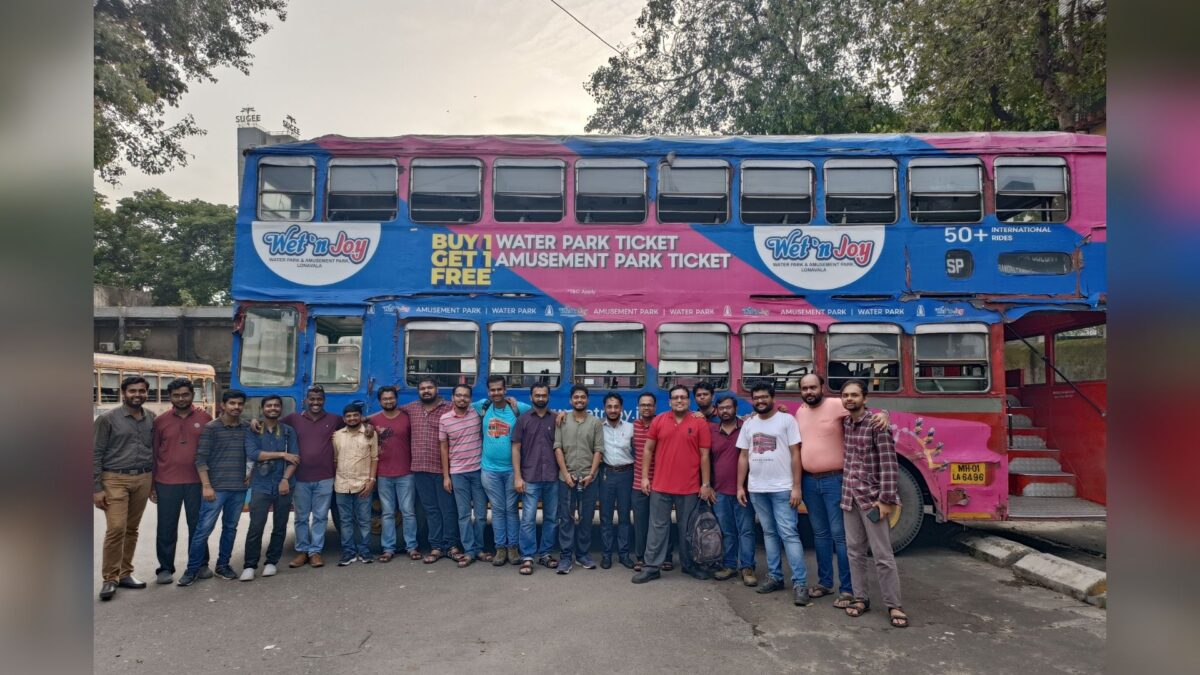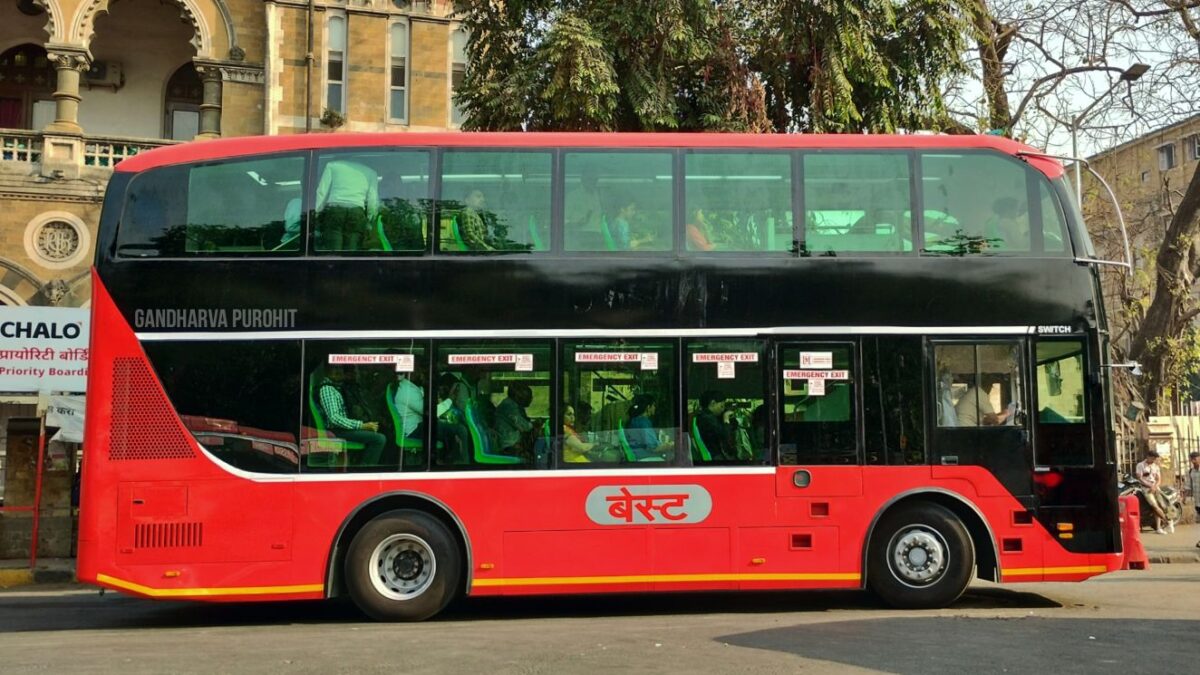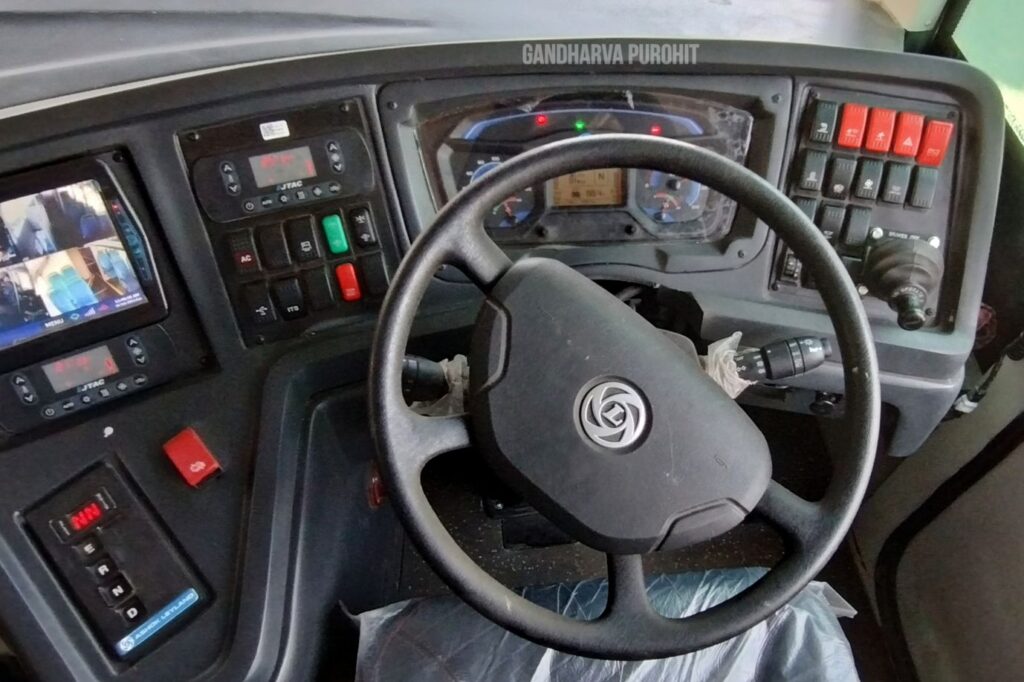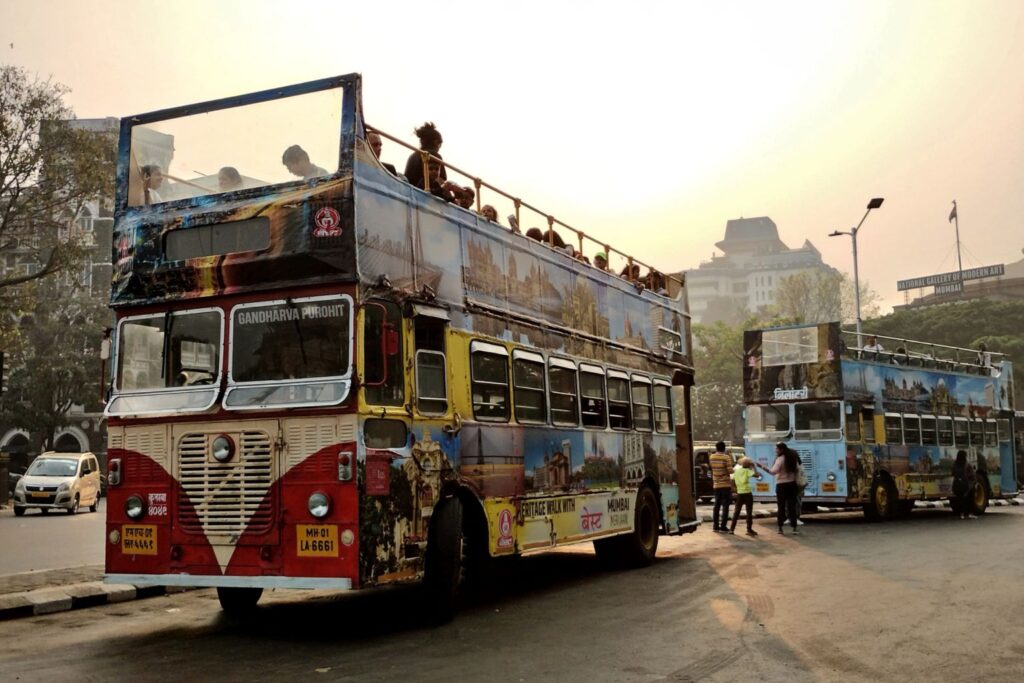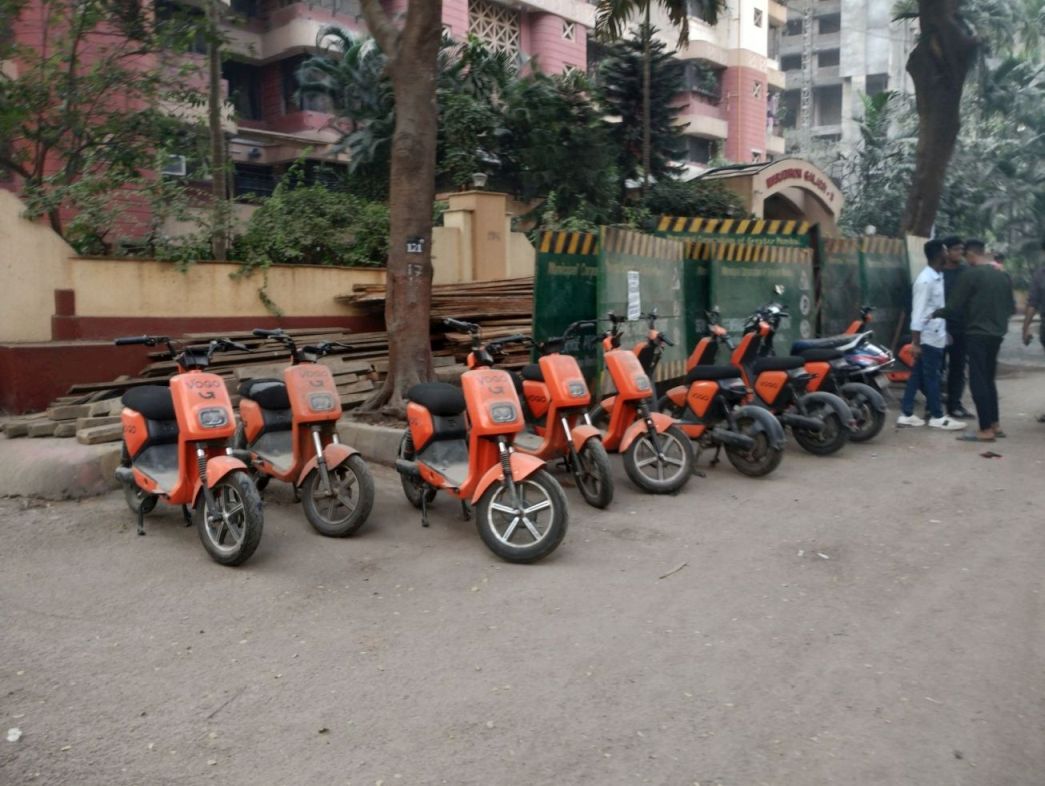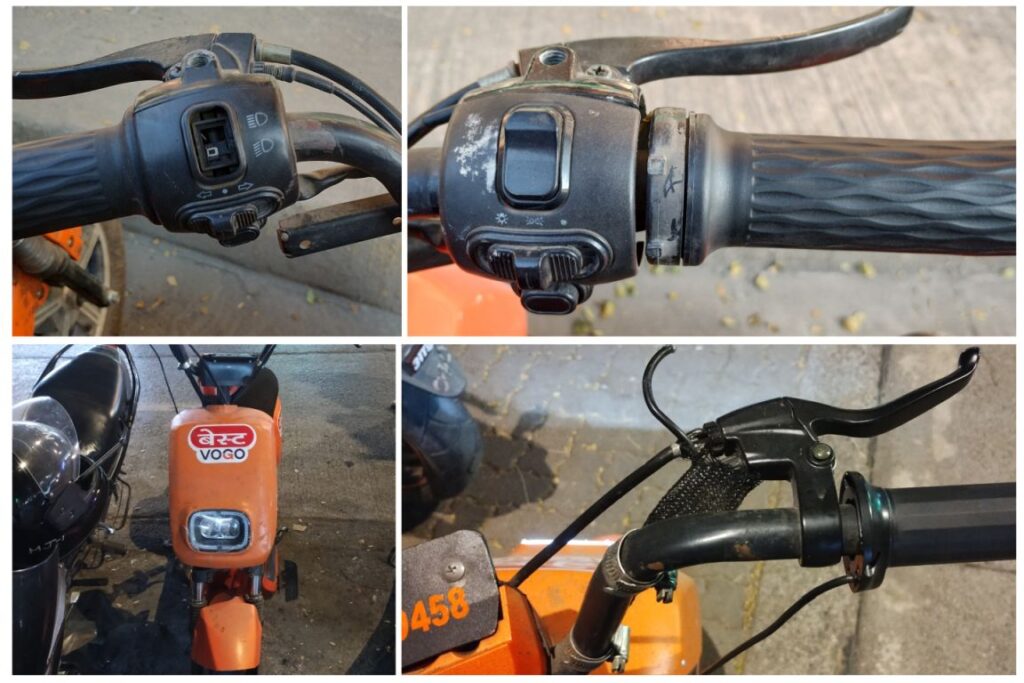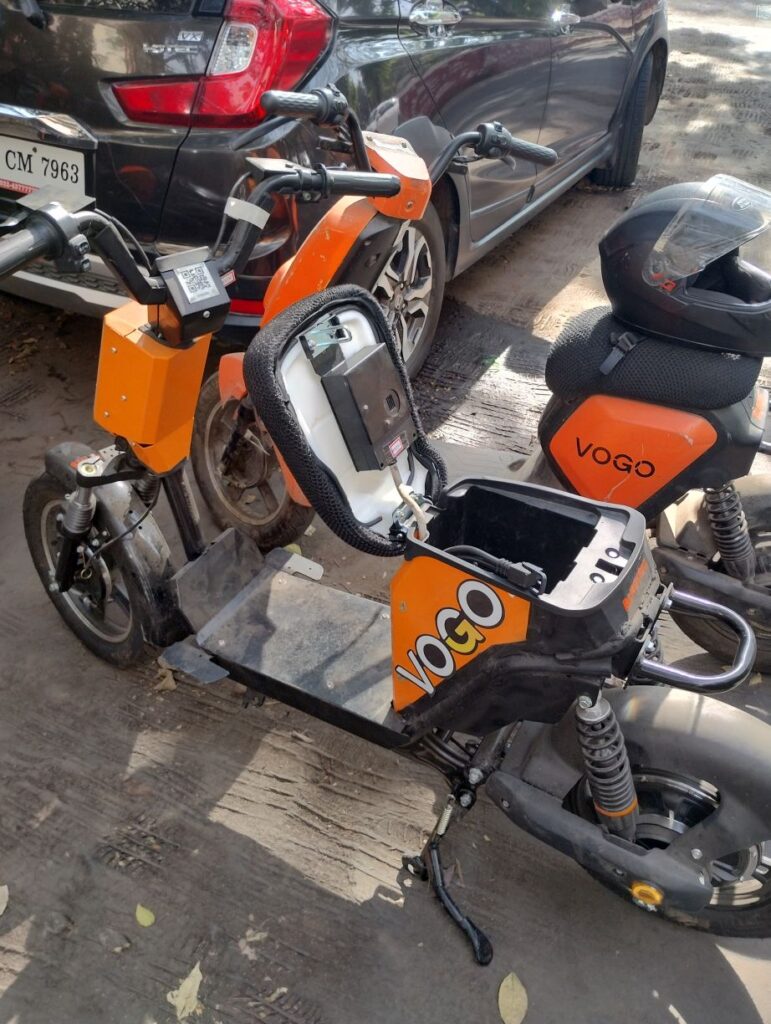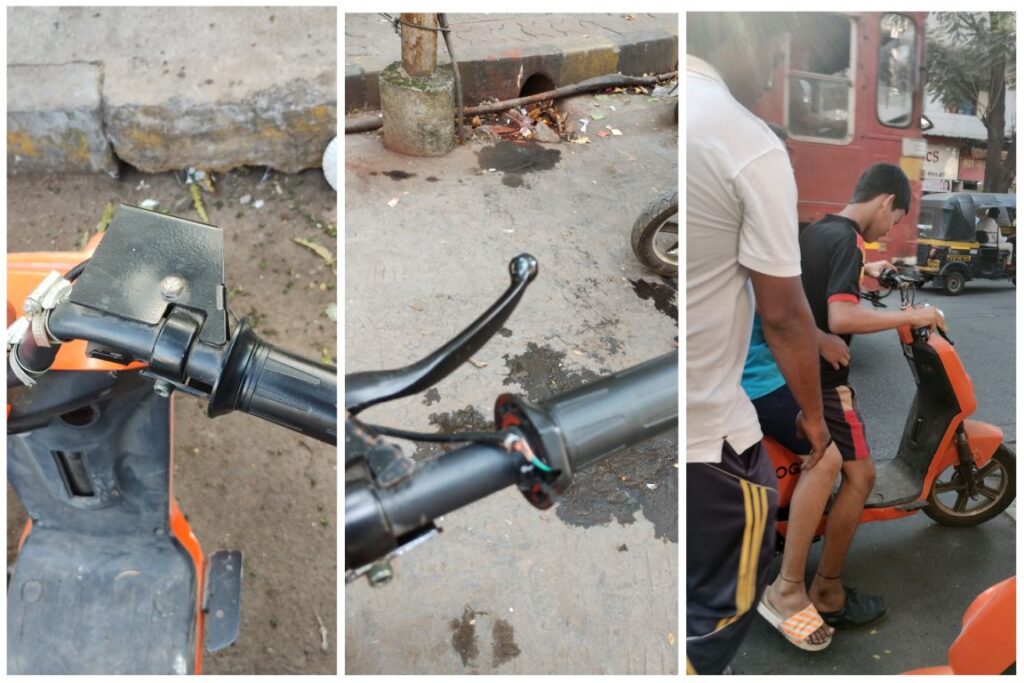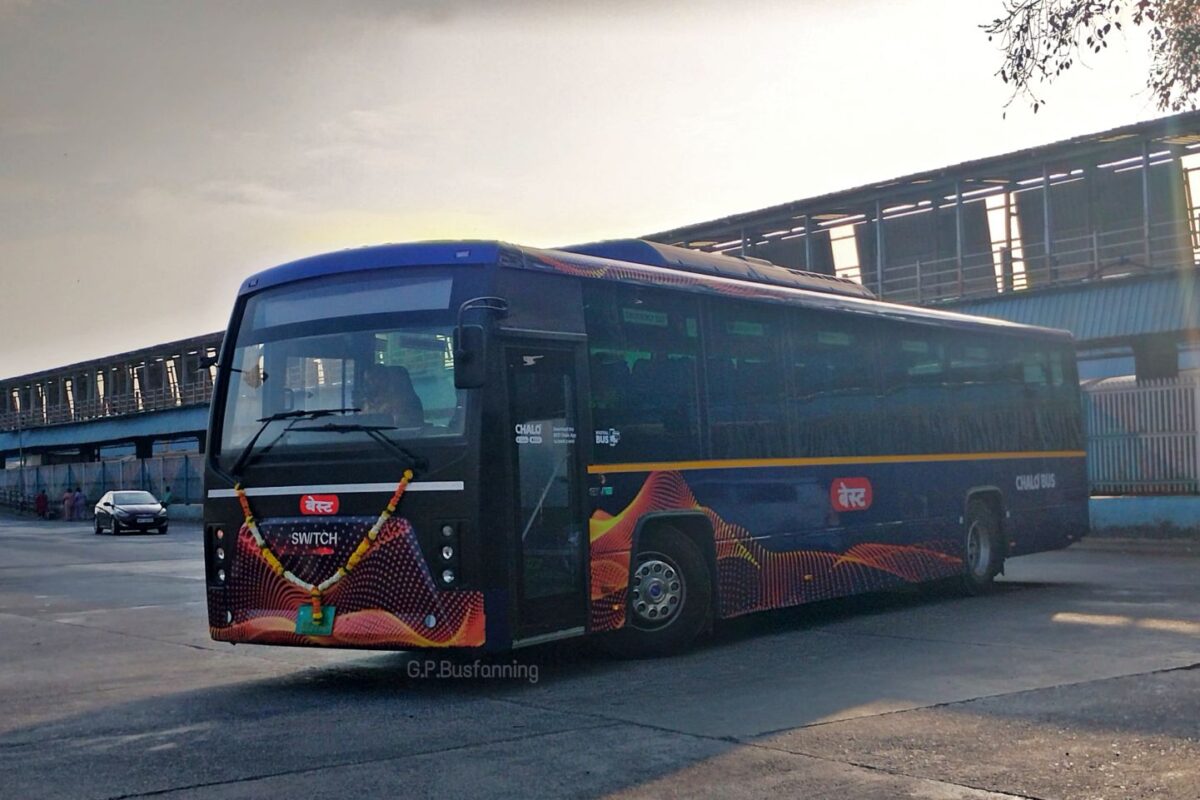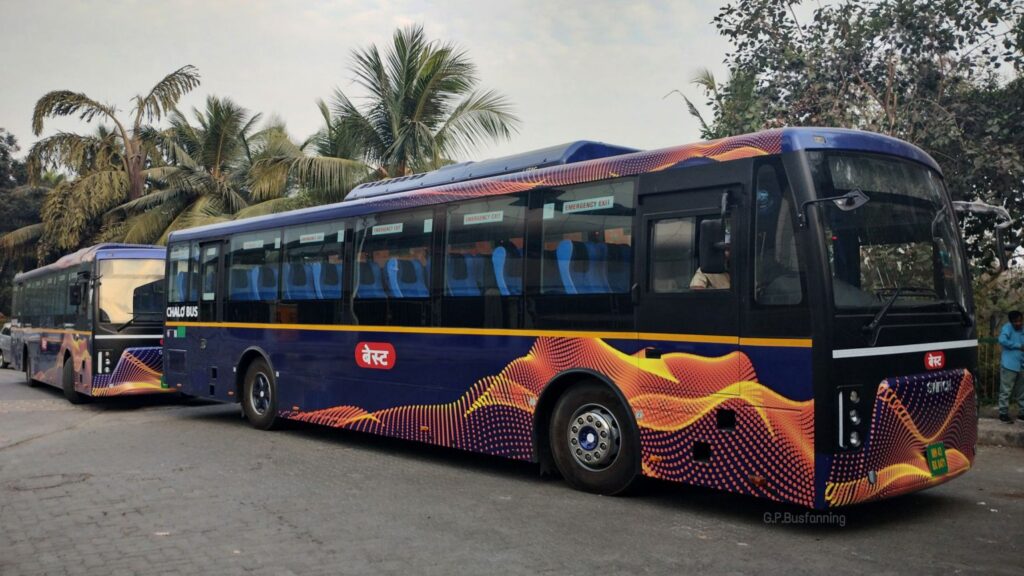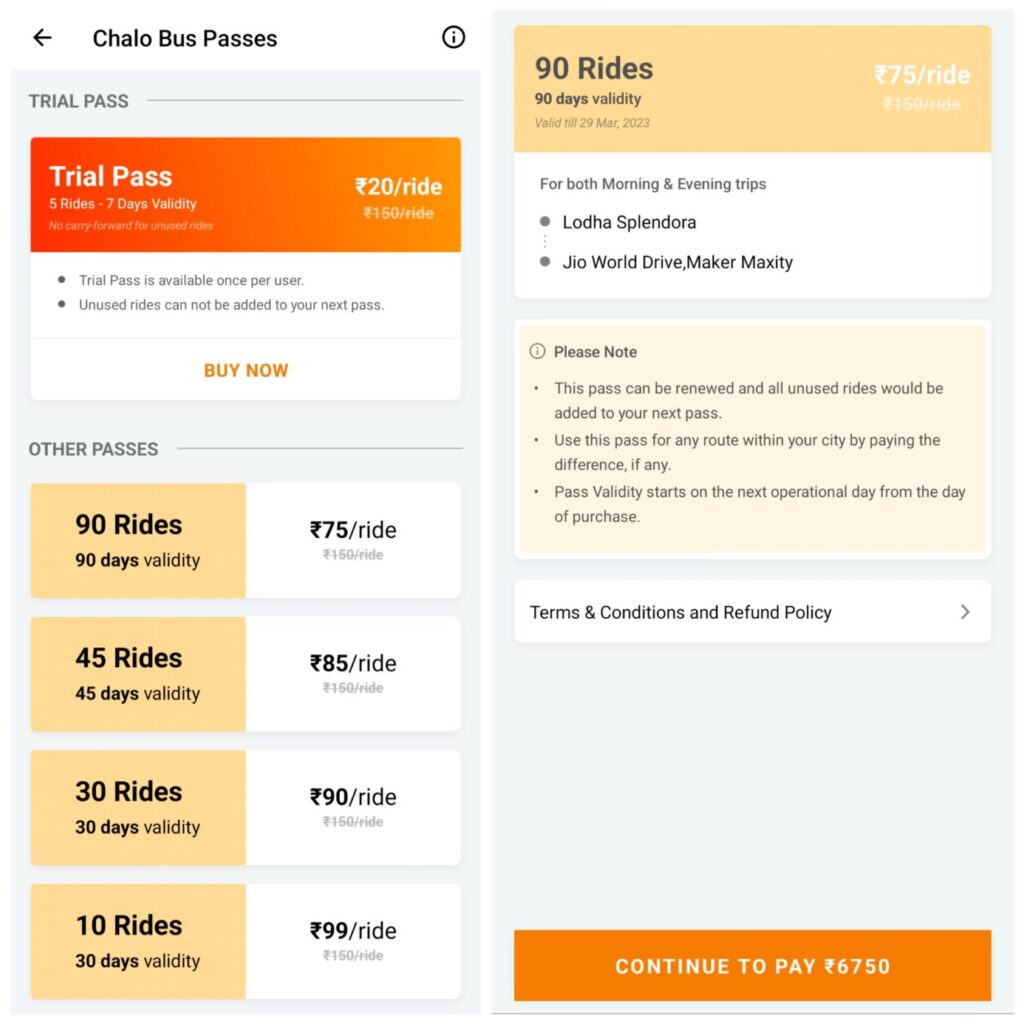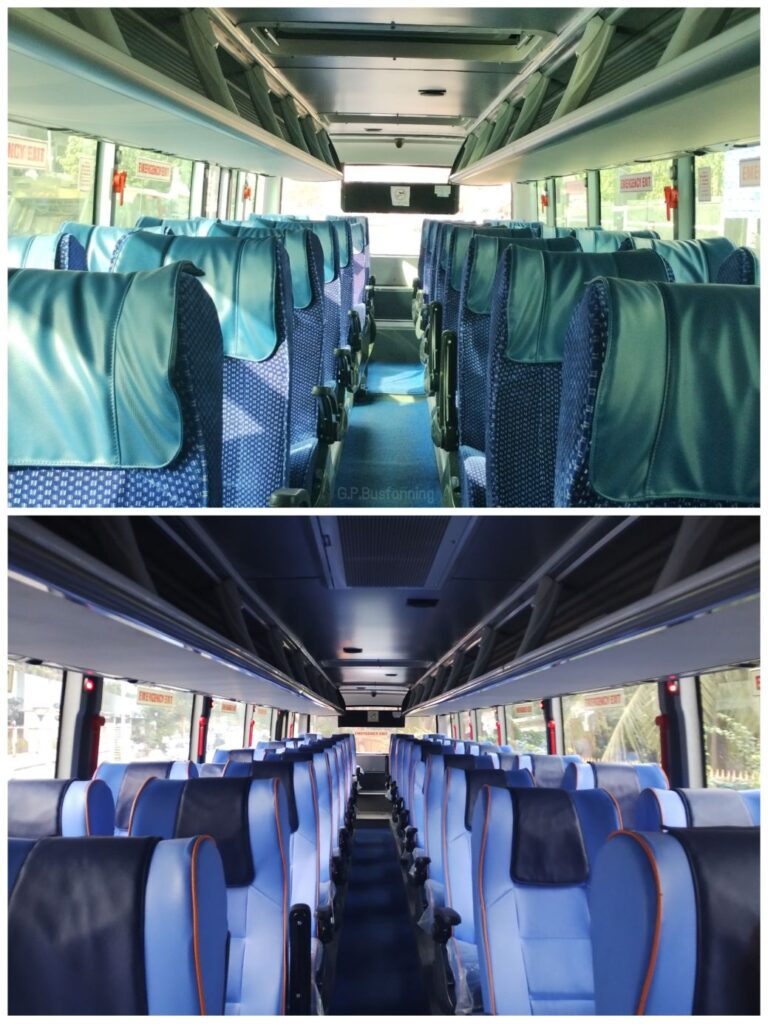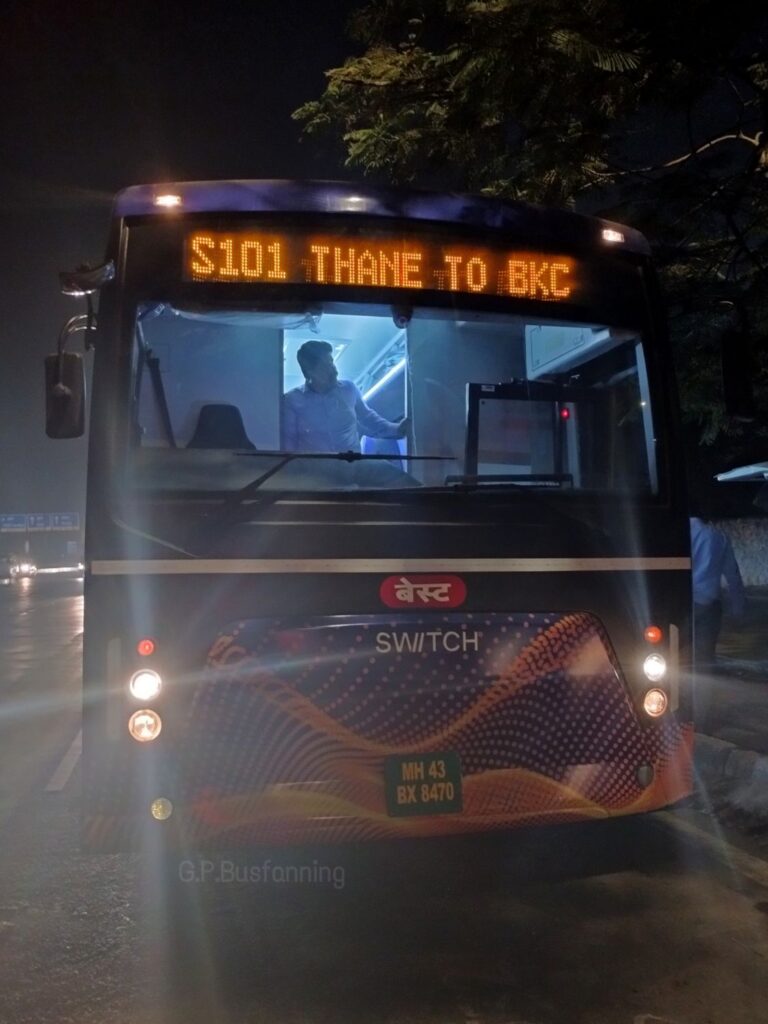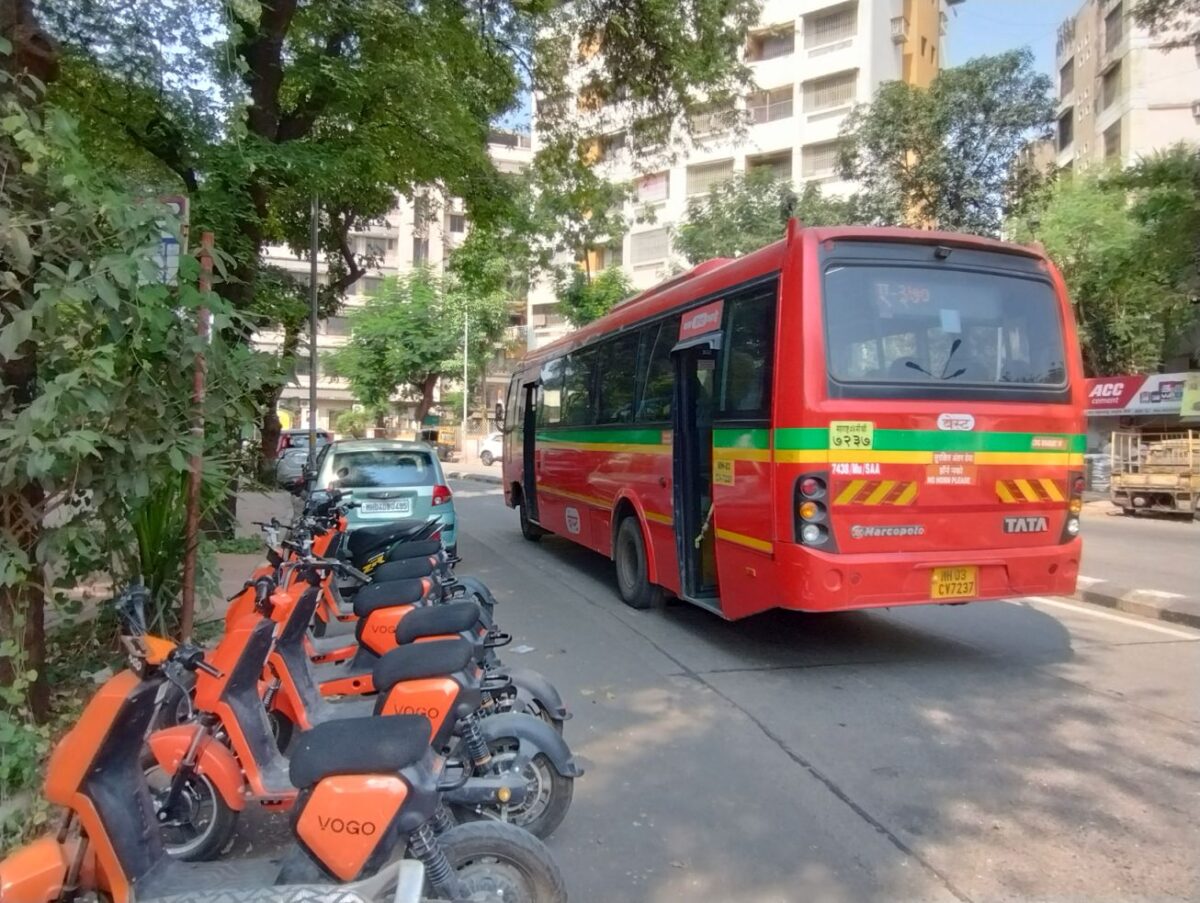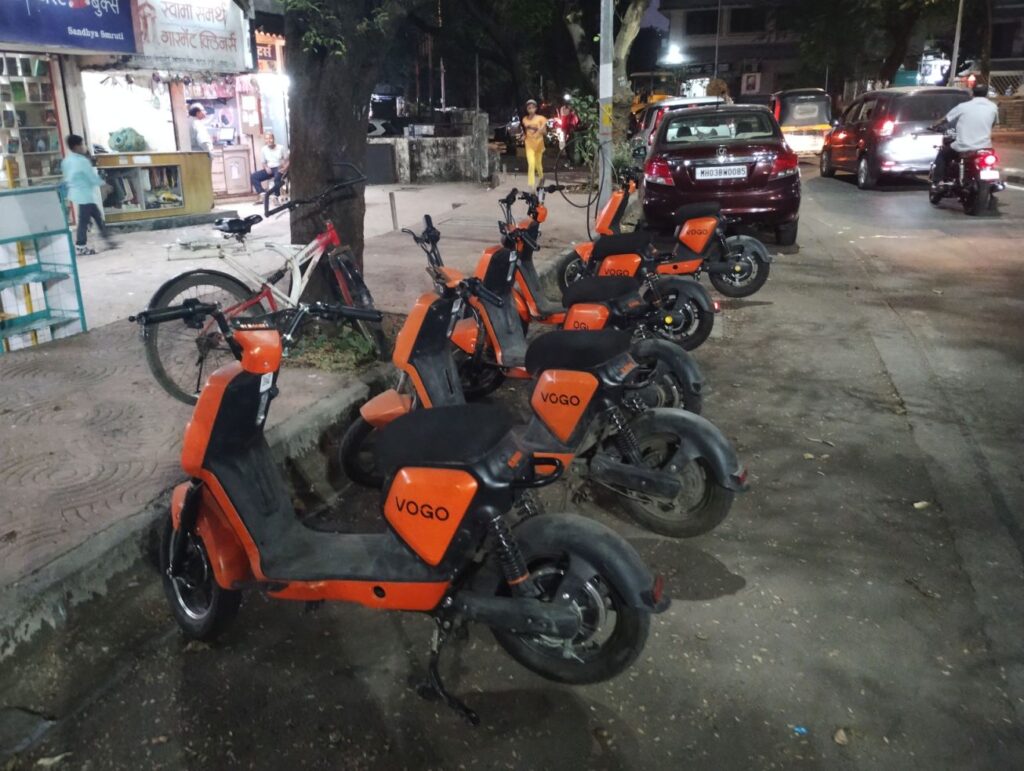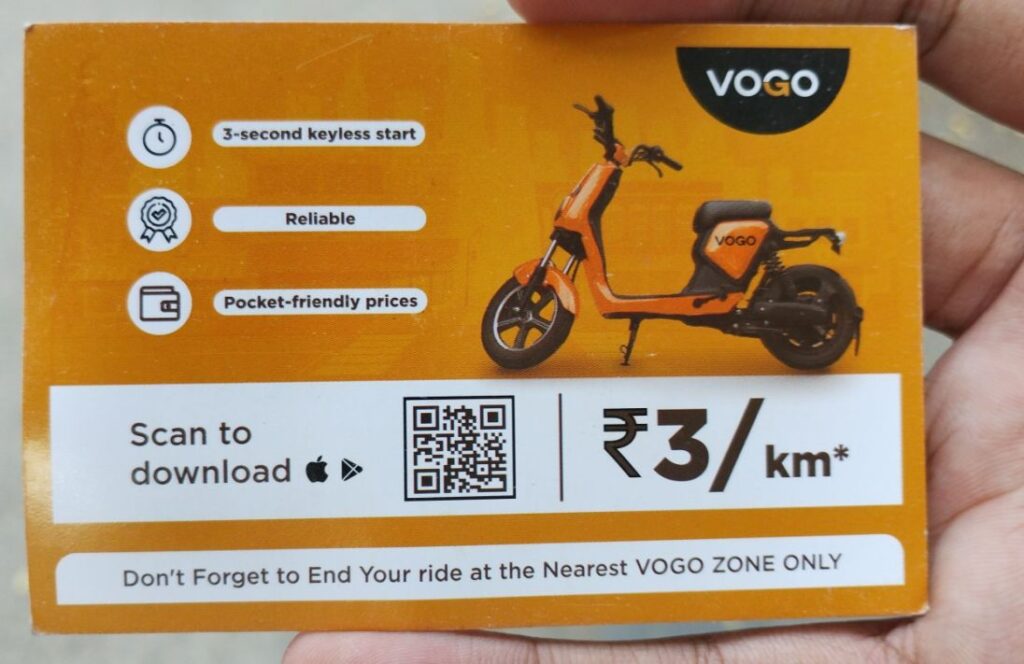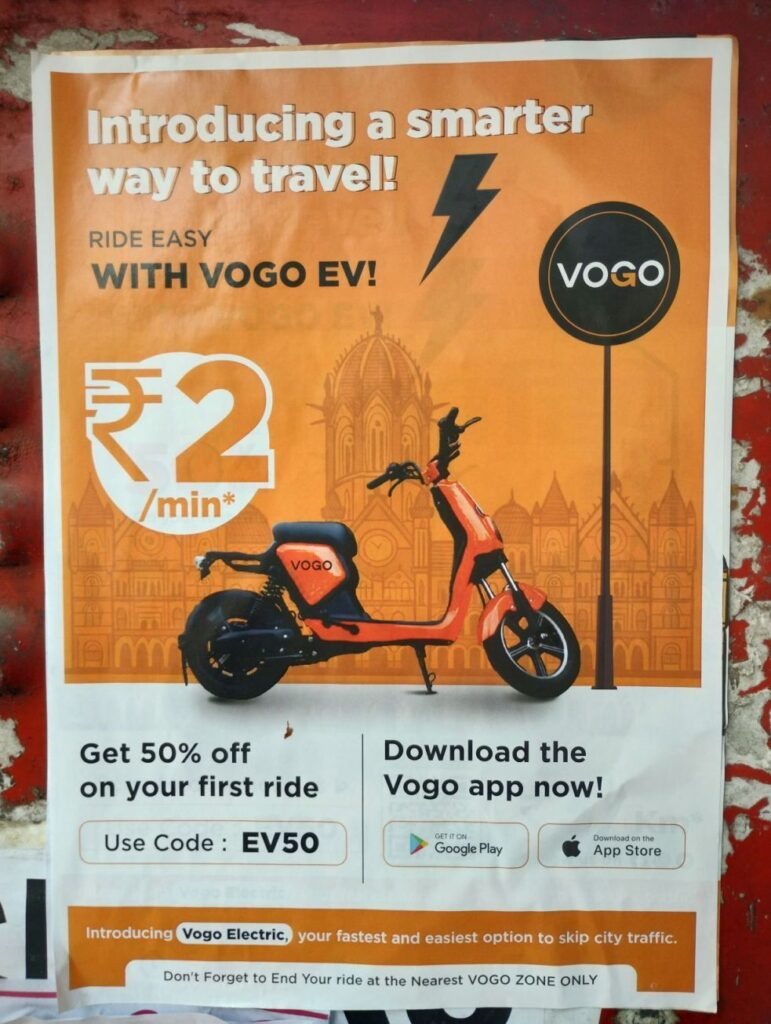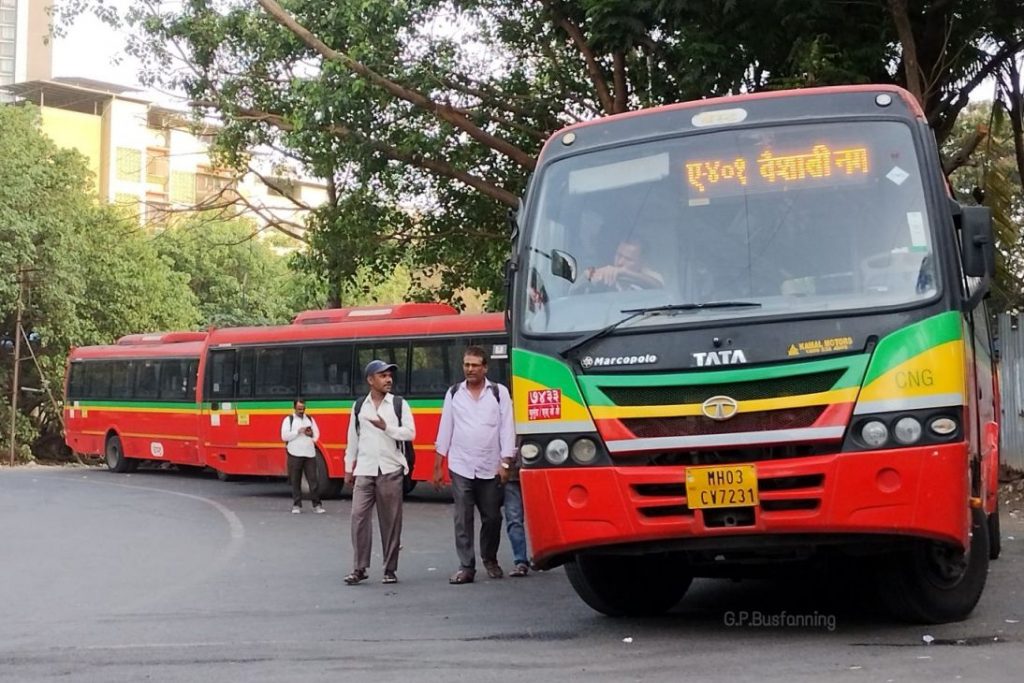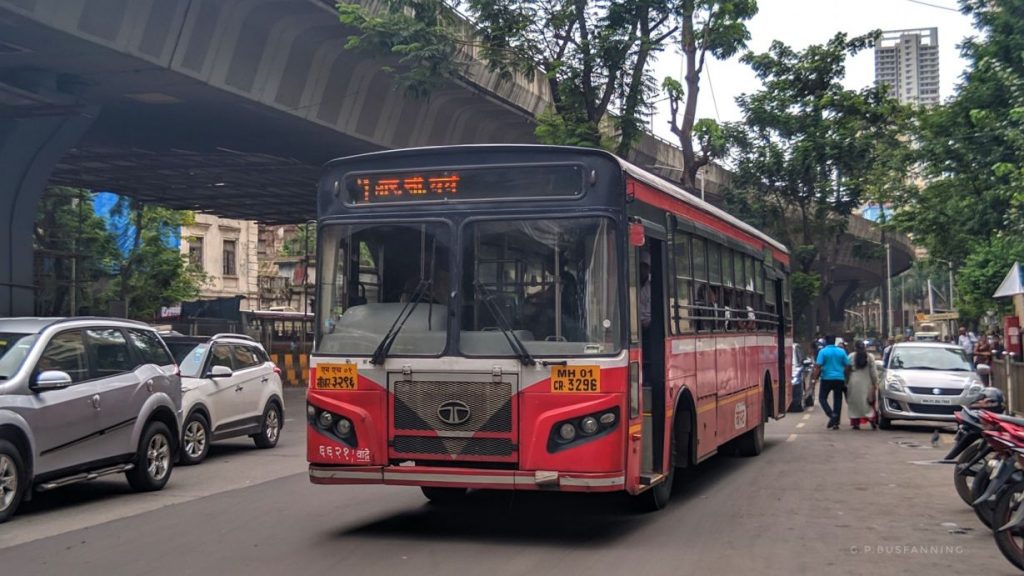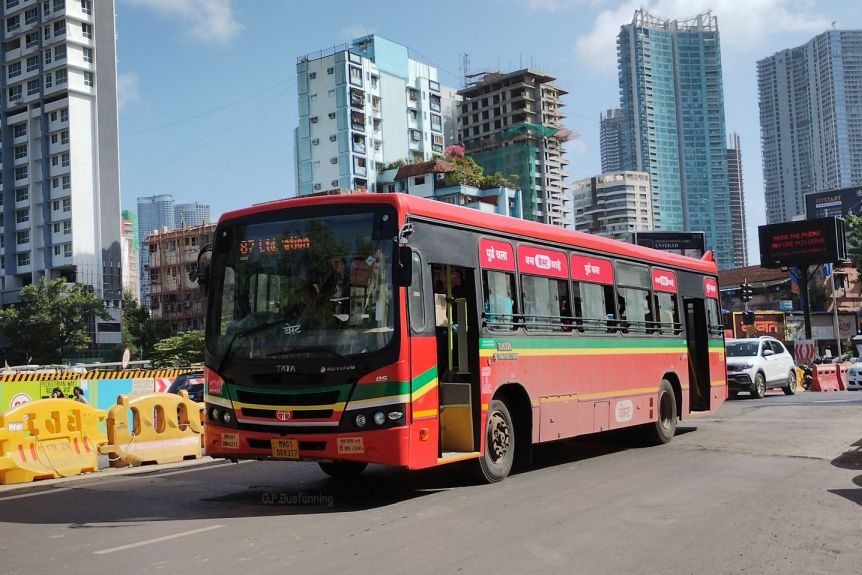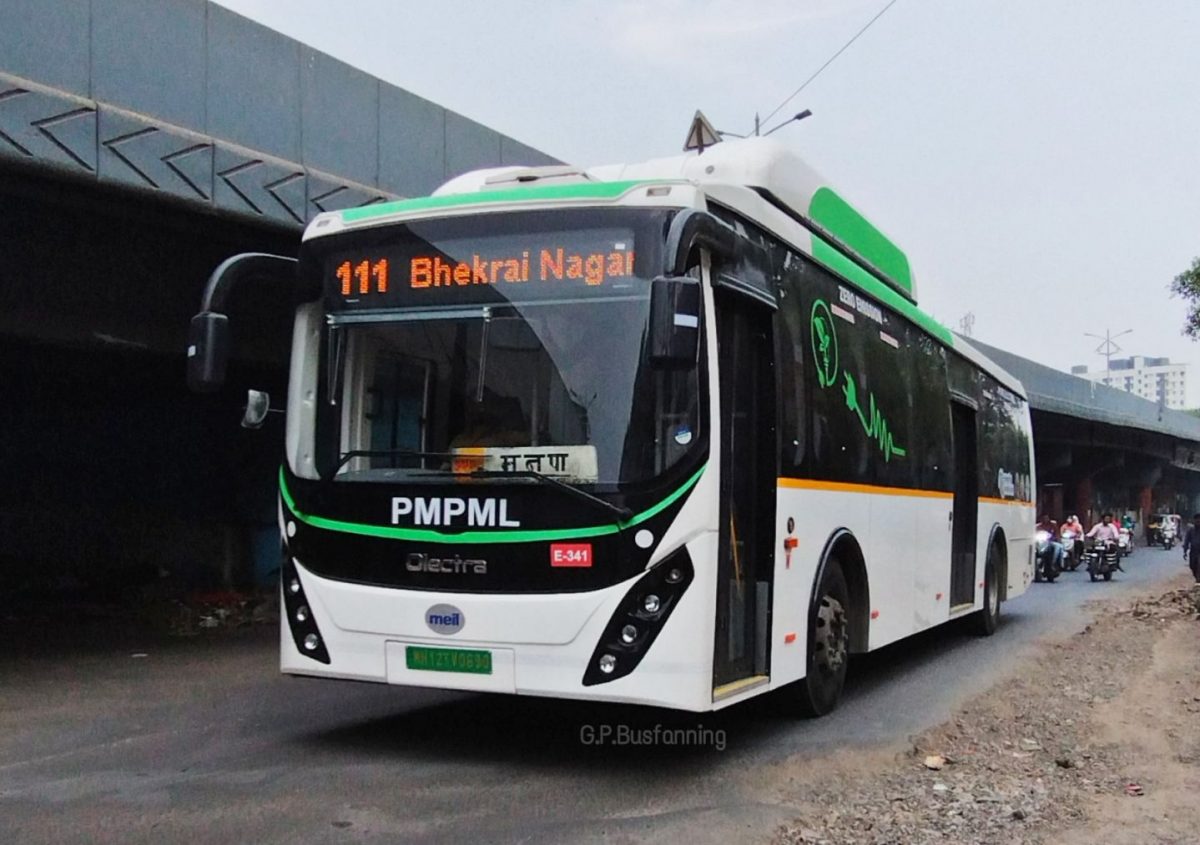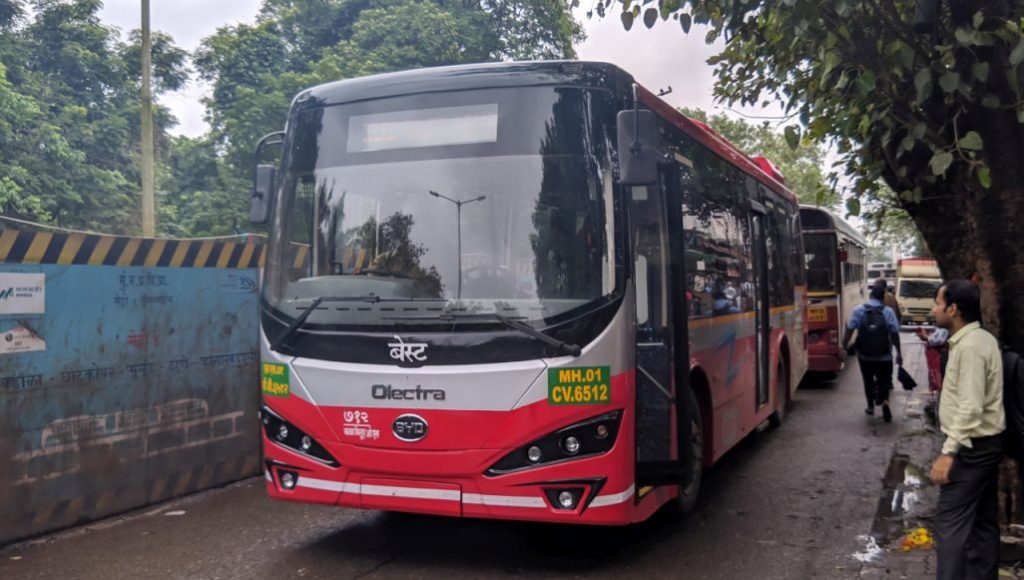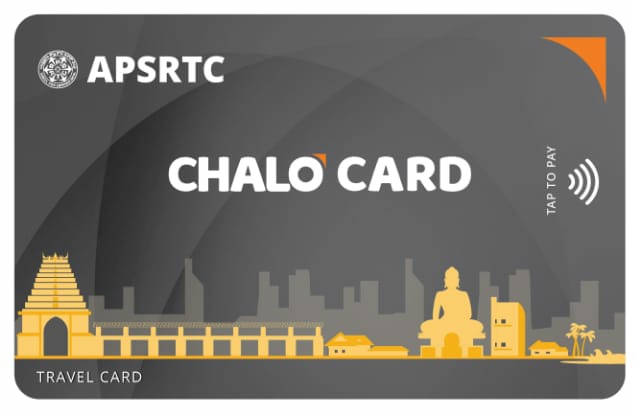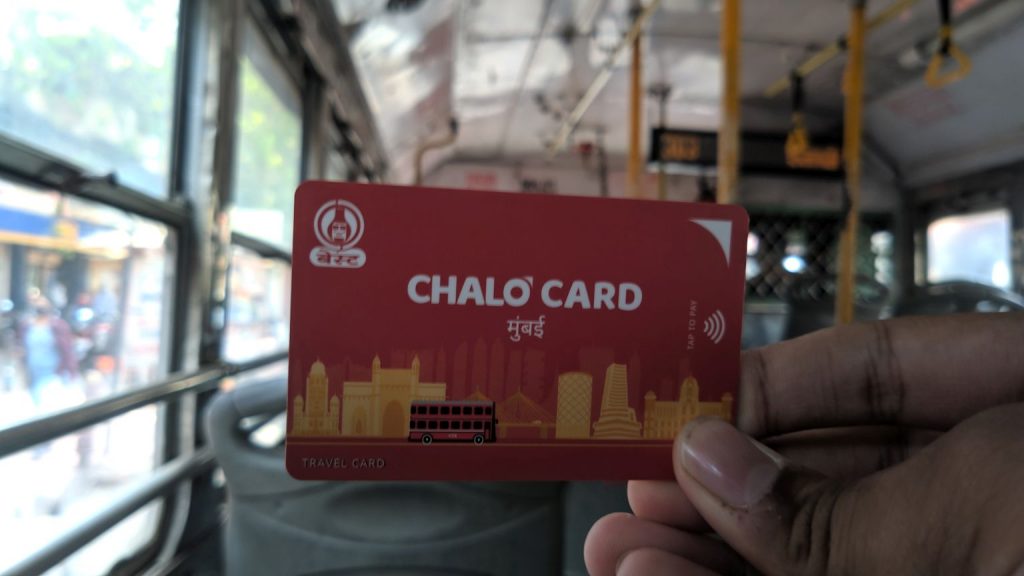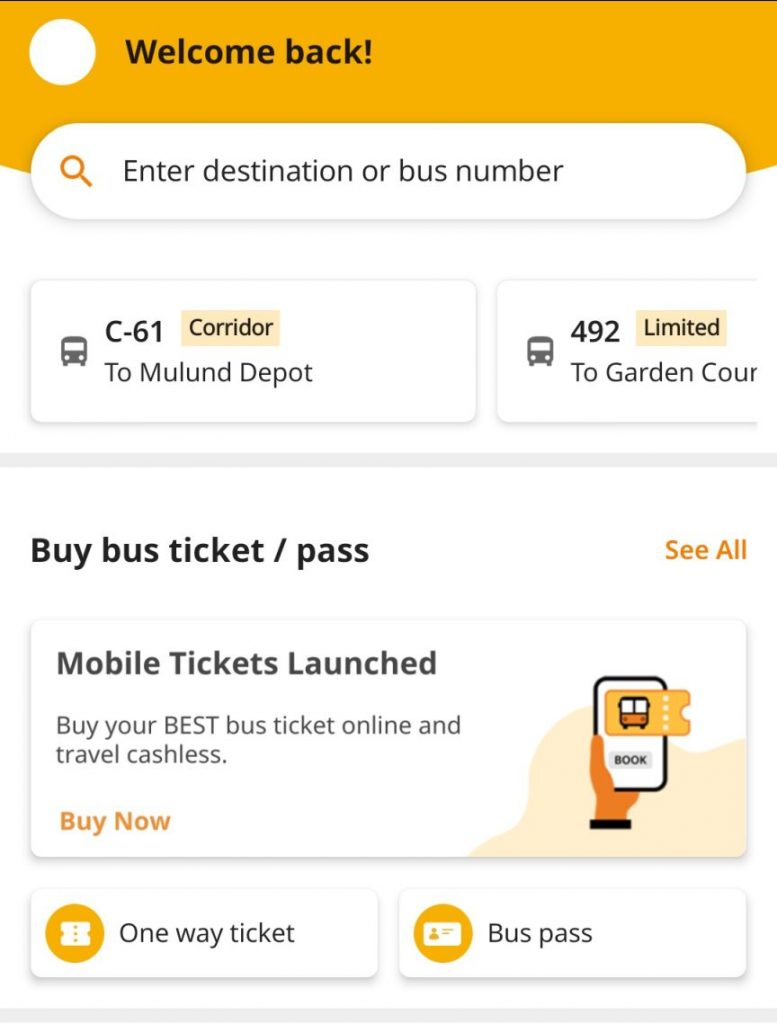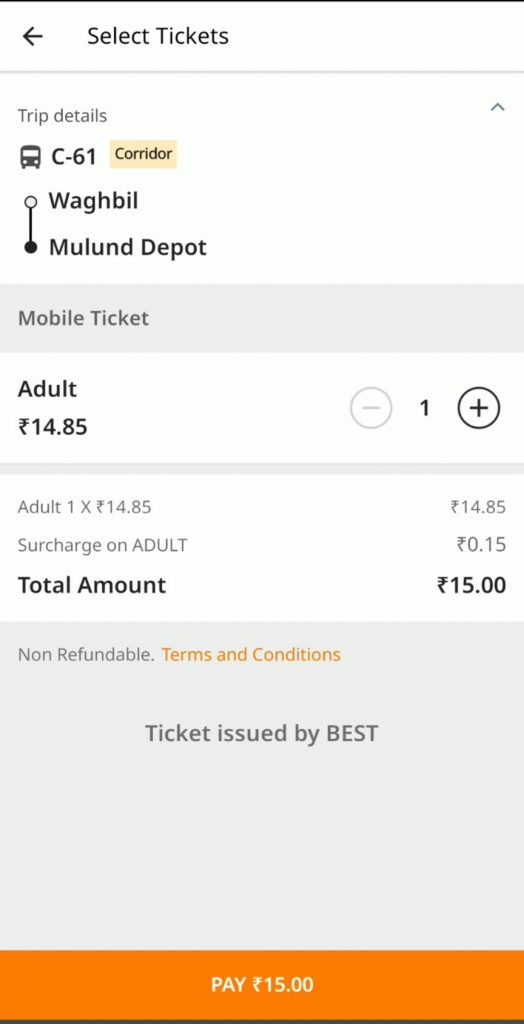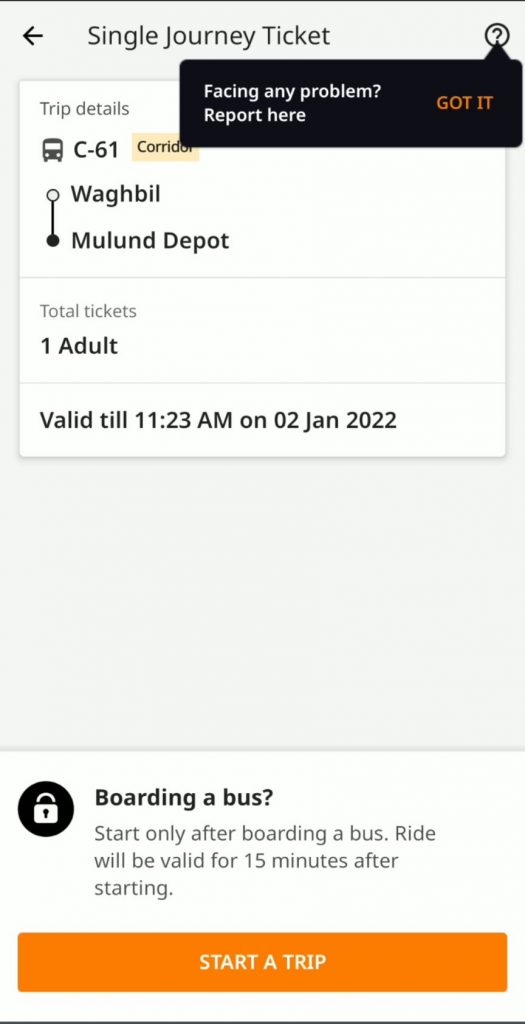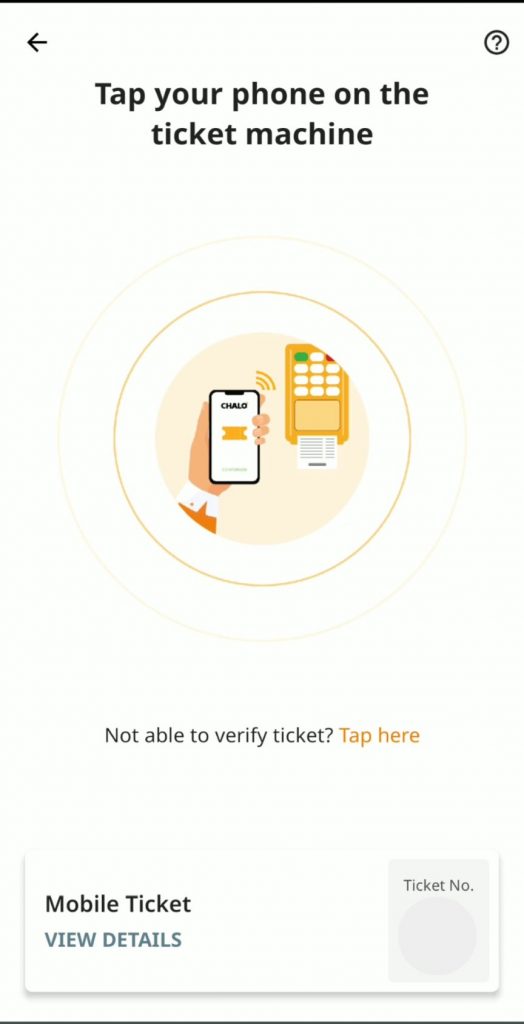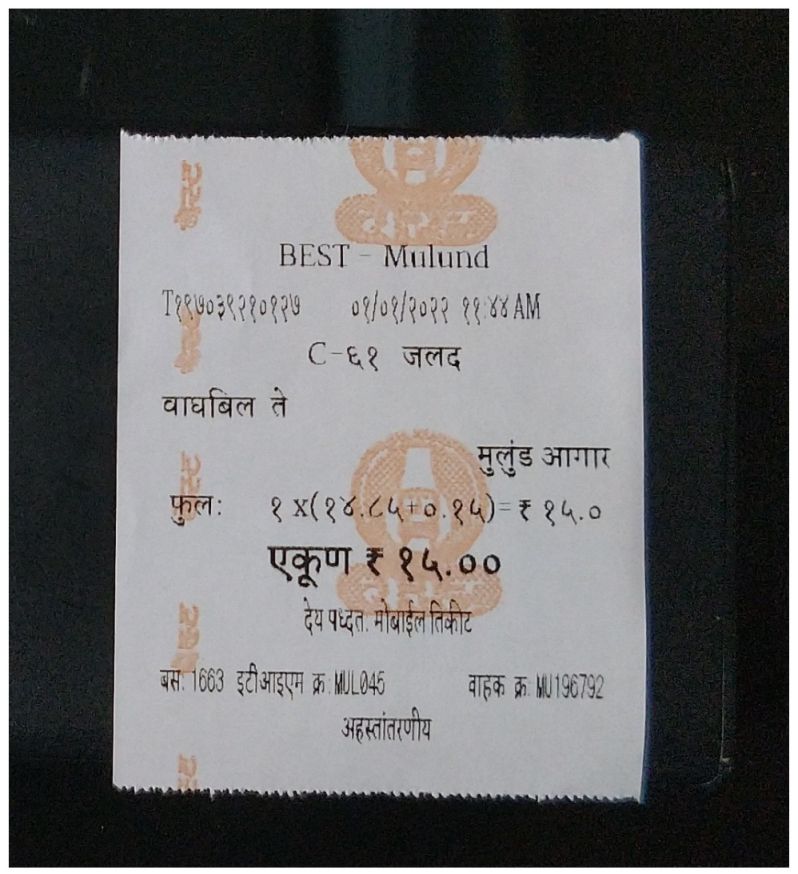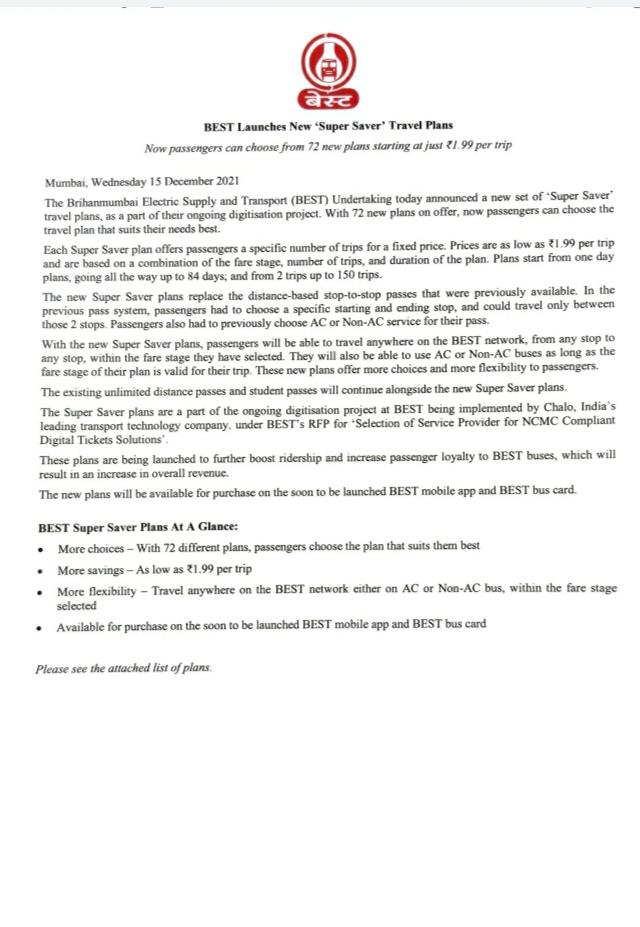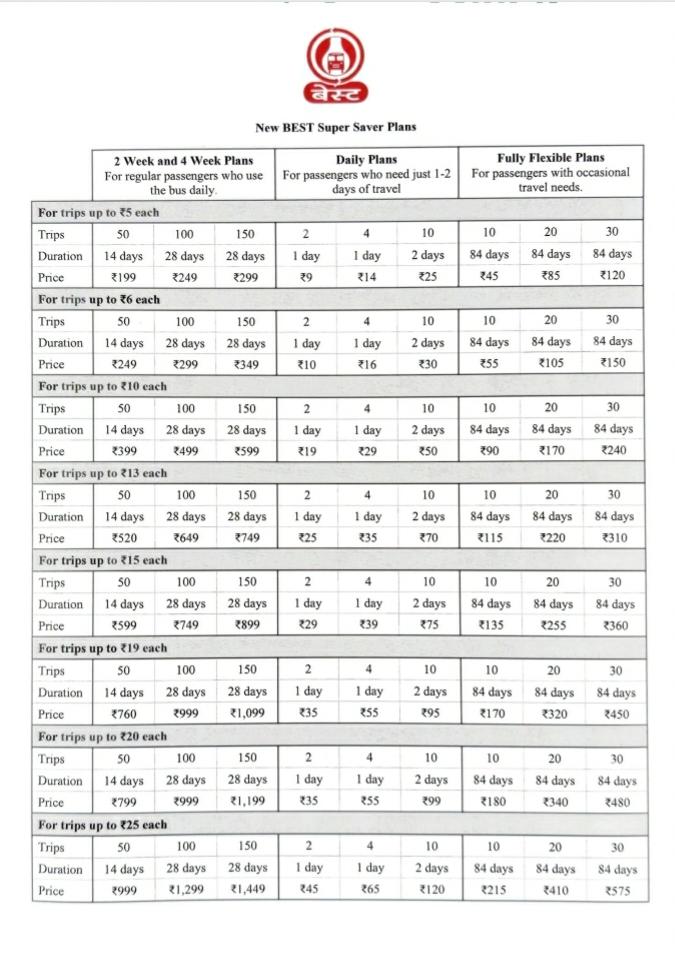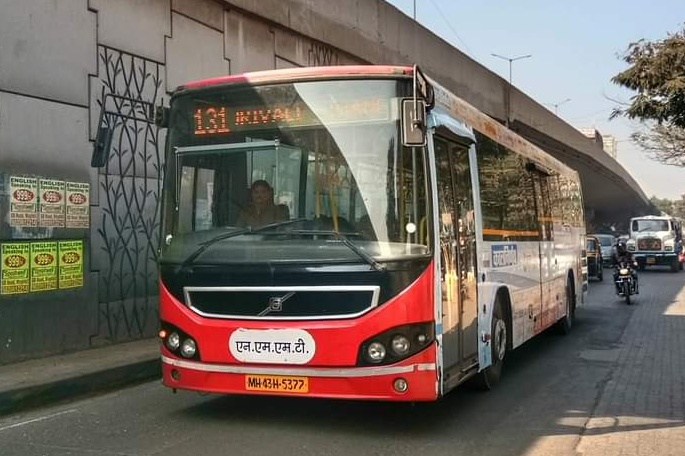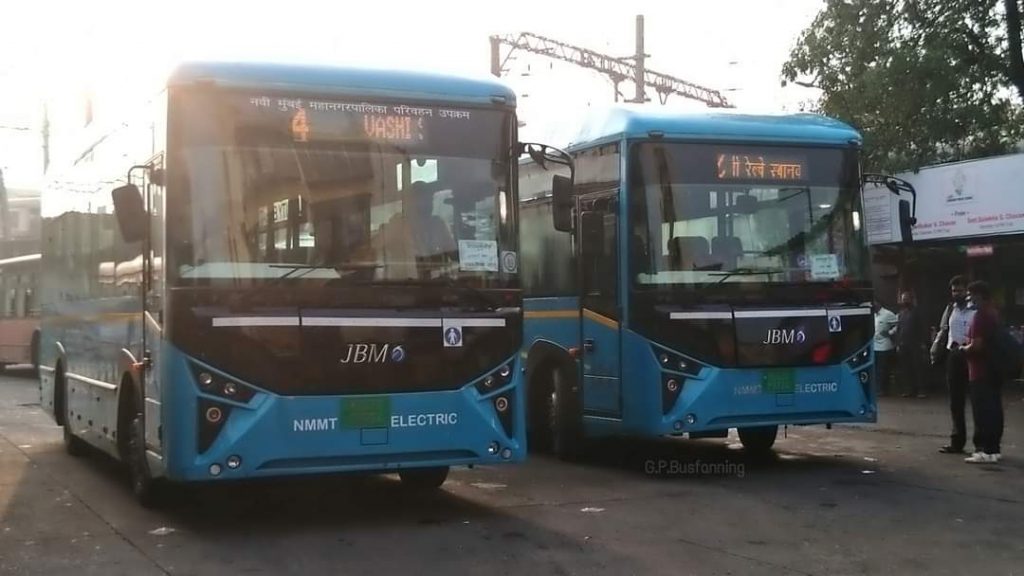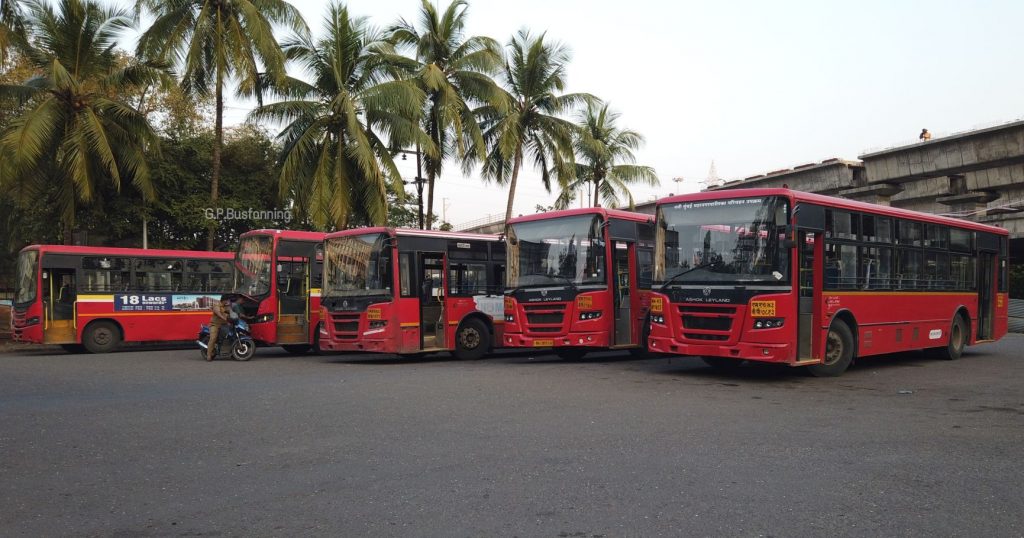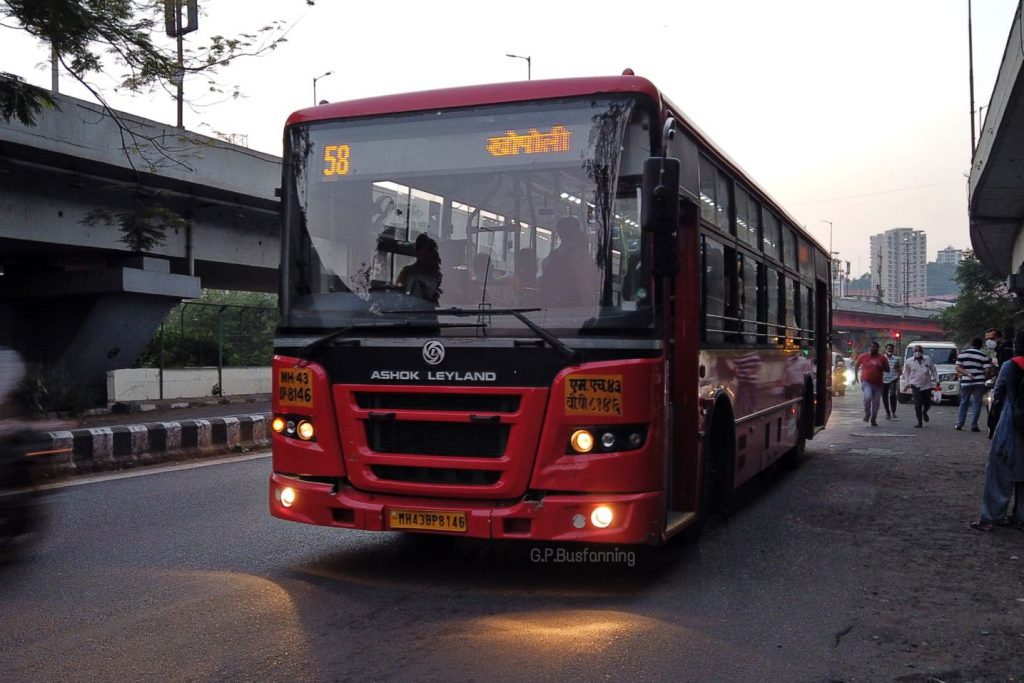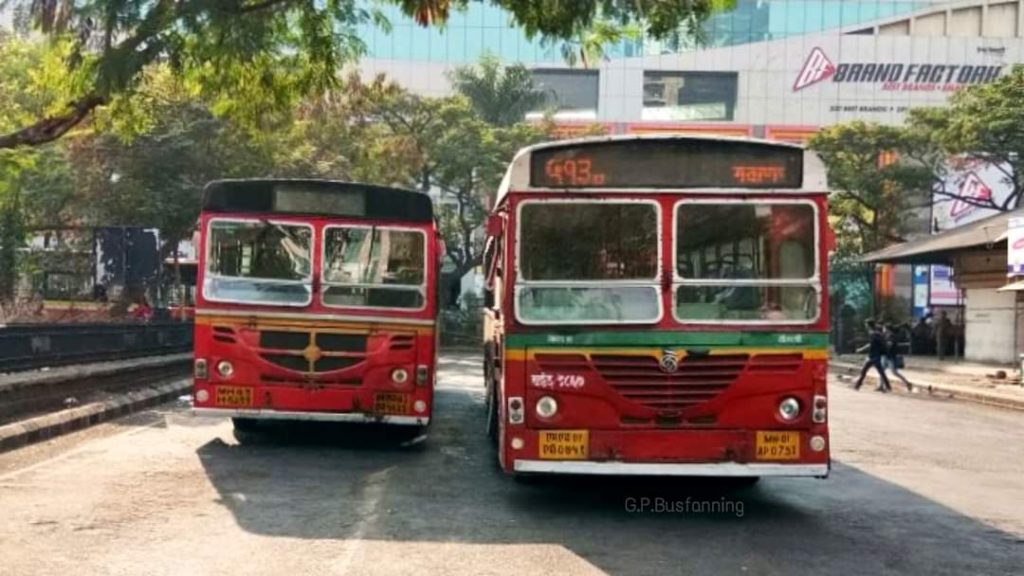Serving Mumbai for 86 years, the conventional Double Decker buses will be replaced with Electric AC Double Decker buses. Bus enthusiasts hired a Double Decker and took it on a special trip exploring Mumbai.
Double Decker buses have always been close to the heart of all of us. The diesel-powered Double Decker buses operated by the Brihanmumbai Electricity Supply and Transport (BEST) Undertaking in Mumbai would go off the roads after completing their shelf life of 15 years, in the next two months. Built by Antony Coach Builders in 2008, there were 50 such Bharat Stage 3 (BS-3) double decker buses manufactured. As of early August 2023, only 10 such Double Decker buses are left in service with BEST. To bid farewell to the beloved double decker, busfans from Mumbai came together, hired a bus from Dharavi Depot, and planned a special run covering the popular sightseeing locations of Mumbai. You can watch a video about this day (in Marathi) as well.
The planning began with limited people, ensuring everything was done in a well-disciplined manner. Responsibility for route planning, bus booking, ordering a special cake, snacks to be carried along and decorations for the bus was evenly split among the core members and 8 July 2023 was the finalised date for this special run. The core members reached Dharavi Depot well in advance but had to wait for two hours since the bus was plying on route in the morning and had not returned yet. The double decker finally arrived at around noon and was immediately sent for washing. We finally got to see our 4037/DH, the last remaining double decker of the Dharavi Depot with traditional roller blinds at quarter past noon. With limited time in hand, the decorations were to be done in merely 10-15 minutes to avoid further delay. Meanwhile, other group members were waiting for over an hour with a special cake ready with them. The cake featuring 4037/DH was cut by the depot staff and after completing the rituals, we commenced our journey to explore the heart of Mumbai.
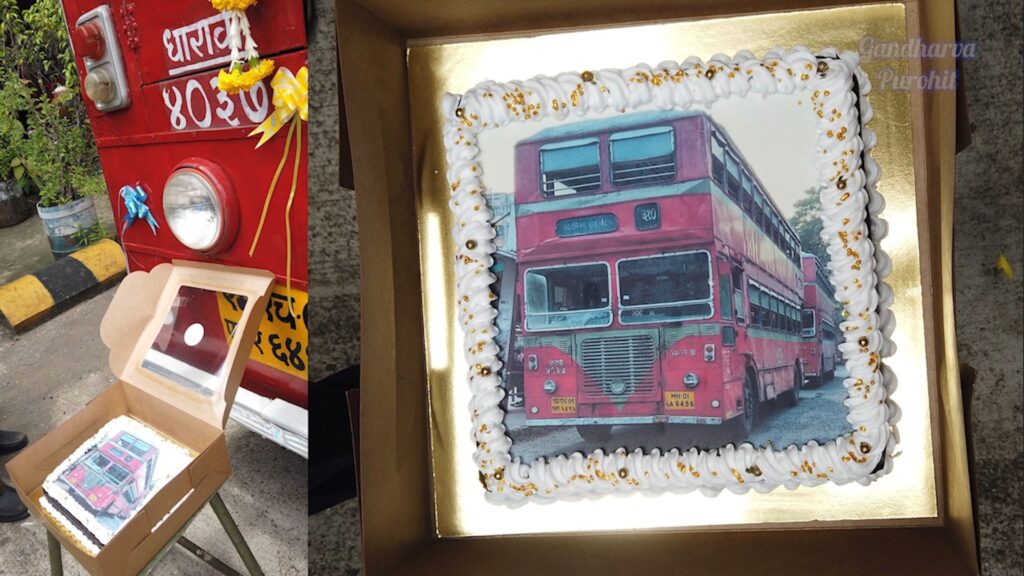
Our first stage was crossing the Bandra Worli Sea Link. Opened for traffic in June 2009, only open-deck double-decker buses (of BEST plying on Heritage special runs) have crossed the bridge so far. We happened to be the first to travel onboard a double decker bus on the Sea Link. In Worli, we took our first halt at Nehru Planetarium and spent nearly 30 to 45 minutes for a good photoshoot. Our fellow member Azharuddin Kazi felicitated the working crew with a shawl and a coconut. A group picture with the special banner was clicked with our double decker bus. We also got a chance to look in the driver cabin and each member patiently waited for their turn. After having our refreshments, the journey resumed towards Haji Ali and then to Tardeo Bus Station. At Tardeo, our gigantic double decker bus was parked right beside Deonar Depot’s BS6 AC midi bus waiting to start back on route A92 to Anushakti Nagar. During this halt, we got to explore the destination boards. 4037/DH being the last double decker bus with old-school roller blinds, it was a “now or never” opportunity. After exploring the destinations, we once again set the Scroll to SPECIAL: RESERVED and proceeded ahead.
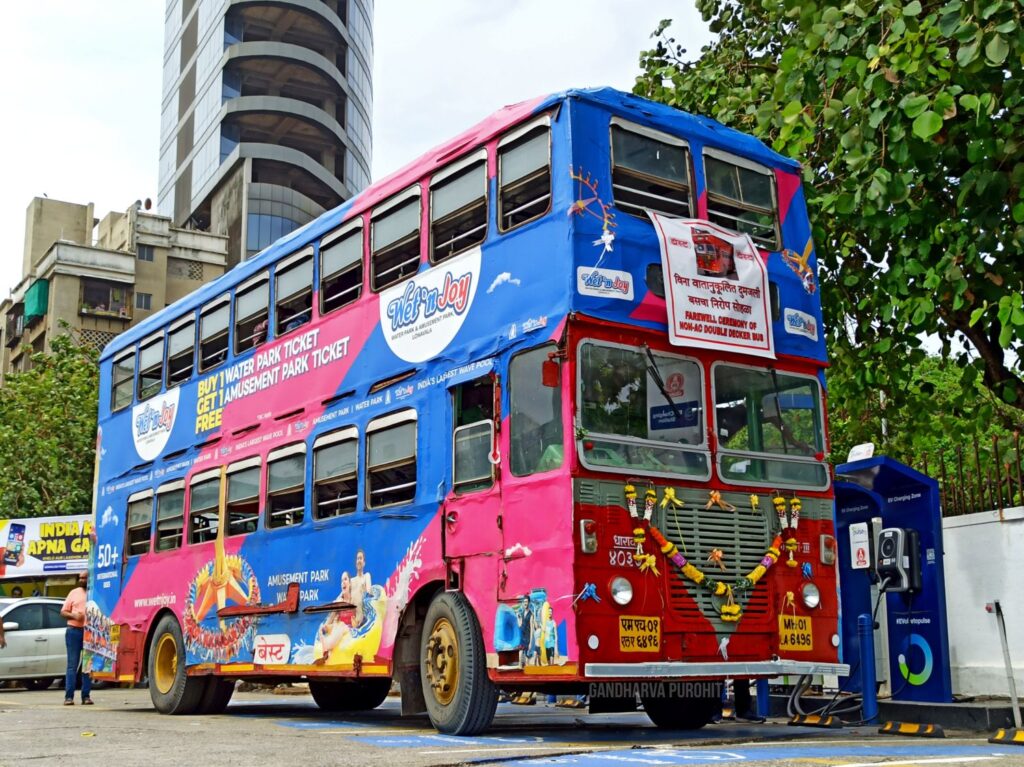
The bus then passed through Nana Chowk (Grant Road) towards Girgaon Chowpatty. Due to time constraints, we did not take a halt at the beach and continued south on the Queen’s Necklace (Marine Drive). The Meteorological Department had issued a yellow alert for the weekend but we didn’t face any issues as the rains took a break. It was cloudy on one side and sunny on the other. Our bus passed during high tide when the sea waves were directly hitting Marine Drive, beyond the Tetrapods. After a left from Air India Building, we continued our journey towards the Gateway of India via Mantralaya and Dr Shyamaprasad Mukherjee Chowk (Museum). At Gateway, a rare coincidence was about to happen for which, four busfans among us were ready with their cameras. The electric double decker bus of the Colaba Depot on the Heritage sightseeing route was halted outside Gateway as we made our way through the traffic. Four busfans alighted and sprinted ahead to take the money shot. An aligned halt for merely five seconds turned their efforts fruitful. We got both the diesel and electric double decker sharing a frame for one last time.

After returning to Colaba Causeway via Taj Hotel, we commenced our return journey. From Museum, we continued towards Old Customs House and took Mint Road to GPO. Since BEST did not allow us to take the Eastern Freeway and JJ Flyover, we continued through the slow-moving traffic of Mohammed Ali Road. After a gap of two years, a double decker bus passed through here. As the restrictions post-lockdown were getting eased back in July 2020, a majority of passengers were dependent on bus travel. The double decker buses did help in increasing the passenger carrying capacity for BEST. Special Services were operated using double decker buses from Backbay and Colaba to Khodadad Circle (Dadar TT). However, a decrease in the overall bus fleet resulted in the discontinuation of these special services.
We took the flyover from Parel, thereby escaping the traffic congestion of Madkebuwa Chowk, Hindmata Cinema and Dadar TT. From Matunga, we switched back to the slow lane. The height barrier located below the King’s Circle railway station is quite infamous for numerous heavy vehicle accidents. Back in 2020, I had a doubt in mind whether the double decker services running between Colaba and Dadar post lockdown were not extended up to Sion due to this. But my doubts were cleared, once we passed under the height barrier, safe and sound.
After a ride through Dr Babasaheb Ambedkar Road, we arrived at Rani Laxmibai Chowk for another halt. Our arrival grabbed everyone’s attention as it was again the gap of two years since a double decker bus arrived inside Sion bus station. In August 2020, two double decker buses from Dharavi Depot were deployed on route C42Express between Sion and Mulund. Maintaining a frequency of 30 minutes, double decker buses helped clear the excessive rush on the Eastern Express Highway through C42Express and Western Express Highway through route 440 from Wadala to Borivali.
After a brief halt at Sion, we proceeded towards the final leg of our journey back to Dharavi Depot. Everyone among us felt “This journey should go on as long as possible” but “all good things must come to an end”. Since nothing lasts forever, this journey too was supposed to end at some point in time. Those 10 minutes from Sion to Dharavi felt as if the time slowed down for a moment. The unforgettable memories with the double decker bus flashed in front of us while the bus was nearing its home. It was painful to leave but we all summoned the courage to bid adieu to our Non-AC Double Decker Bus and call it a day.
Special Thanks to Sahil Pusalkar, Rupak Dhakate, Azharuddin Kazi and Sumedh Tambe for planning this special event.
Featured Image: A group picture with the Double Decker at Sion Bus Station (Photo: Prathamesh Prabhu)
Also Read:
A Classic Double Decker Has Been Saved From Scrap, Will Now Be Preserved
Rebirth Of An Icon! Mumbai Gets Hope With Brand New Electric Double-Decker Bus
![]()
